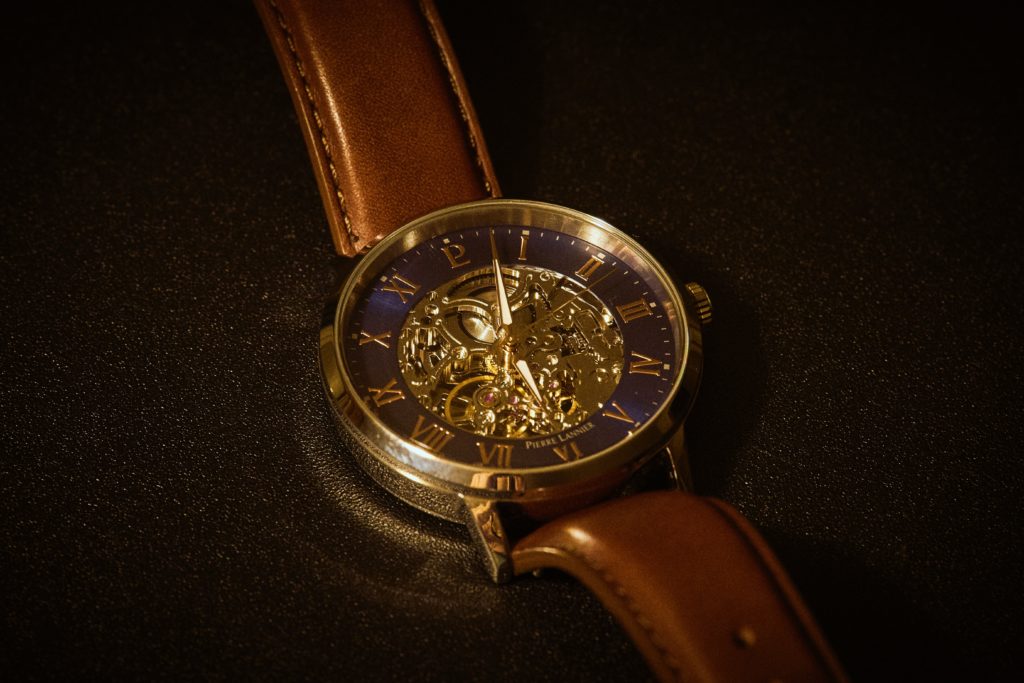
For decades, the wristwatch has been integral to our synchronised existence. Since its conception in the mid-16th century, a string of mechanical leaps and innovations has seen it become a global necessity many of us depend on.
But portable timepieces haven’t always been a contraption that conveniently sits on our wrist. Because just like most inventions we take for granted, it’s taken centuries of adaptions to make them as dependable as they are today.
Time for a new idea
Despite limited evidence, the first timepiece can be traced back as far as the 1500s to the German town of Nuremberg. It was here where inventor and clockmaker, Peter Helein, is believed to have invented the first-ever watch.
Far from a sleek style we’re familiar with today, Helein’s invention was a sphere-shaped box carried in pockets. To reveal the face of the watch – which would feature only an hour hand – owners were required to lift a latch to open the brass cover.
Though heavy, impractical and largely considered a pocket ornament, the idea of portable timepieces was born – and over the next 400 years, it would be a concept developed by multiple engineers and inventors across the world.
The birth of pocket watches
By the early 17th century, Helien’s early prototypes had taken on a slimmer design for improved appeal and practicality. Amongst other changes, a glass face was introduced along with mechanical improvements for reliable timekeeping.
It was around this time, Charles II introduced waistcoats which further cemented pocket watches as a fashionable showpiece for middle-class men across the country. And by the 1800s, the ‘Albert chain’ was introduced as an accessory, which secured the pocket watch to outer garments fastened with a clip.
Improving accuracy
Despite the vast improvements made within the first century of its existence, the pocket watch was still relatively unreliable as a timepiece. Due to a problem formally known as isochronism, the mechanisms would slowdown during their running period meaning time would slip.
It wasn’t until 1657 that the balance spring was introduced to improve oscillation and reduce error from perhaps several hours per day to as little as ten minutes. Around the same time period, a minute hand was added to faces.
A century later, it was discovered the balance wheel within a watch mechanism couldn’t keep accurate time due to temperature change. In 1764, French clockmaker, Pierre Le Roy, solved the problem by inventing the bimetallic temperature wheel. It meant watches could now keep time within just a few seconds.
An era of mass production
By the mid-1800s, mass production of watches was underway with Switzerland acting as chief suppliers across Europe. As innovation made its mark, watches became characterised by their thinness. It caused a change in style where older and thicker pocket watches would be referred to as “onions” or “turnips”.
But style isn’t everything. Because for industries such as rail where time keeping is critical, priority was accuracy. To measure such developments, the first competition for watch precision took place in Philadelphia, 1876.
The beginning of time for wristwatches
The world’s first wristwatch is said to be created as early as 1868 by Swiss watch maker, Patek Philippe. It was made for Countess Koscowicz of Hungary.
At that time, wristwatches were predominantly fashioned by women and often described as bracelets. For men, pocket watches remained the preferred timepiece.
However, accounts from the Second Boer War (1899-1902) claimed soldiers jury-rigged pocket watches by attaching leather straps to be worn on the wrist. And by World War I (1914-1918), wristwatches had become the go-to military timepiece.
By that time, mass production of wristwatches was well underway with many watchmakers building reputations across Europe. And in 1905, Hans Wilddorf moved to London to set up a business with his brother-in-law Alfred Davis. It would later become known as Rolex.
